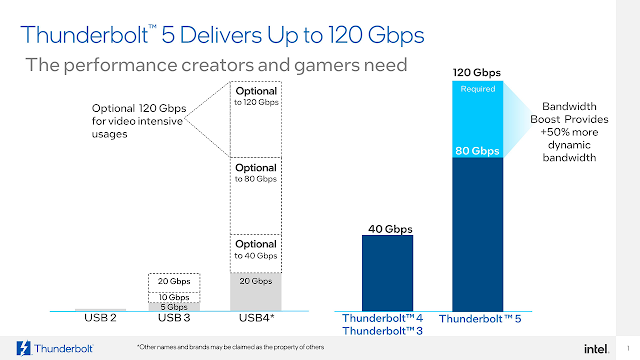Intel expanded its Agilex FPGA portfolio and broadened its Programmable Solutions Group (PSG) offerings to handle the increased demand for customized workloads, including enhanced AI capabilities, and to provide lower total cost of ownership (TCO) and more complete solutions.
Intel is also officially releasing Open FPGA Stack (OFS) to open source, the first production adapter based on Intel’s F2000X infrastructure processing unit (IPU) platform and a new Nios® V processor.
Highlights of the announcement
Intel Agilex 3 devices are power and cost-optimized FPGAs in compact form factors for system/board monitoring and management, video and vision, protocol expansion, portable imaging and displays, sensor fusion, drives, robotics I/O expansion and others. New devices include
- B-Series FPGAs have higher I/O density in smaller form factors at lower power than Intel MAX 10 FPGAs . B-Series FPGAs are targeted for board and system management, including server platform management (PFM) applications.
- C-Series FPGAs offer added capabilities for a range of complex programmable logic devices (CPLD) and FPGA applications across vertical markets.
Intel Agilex 5 FPGA E-Series deliver up to 1.6 times better performance per watt compared to 16nm node competitors. Power capabilities are accomplished using the second-generation Intel Hyperflex™ FPGA architecture combined with Intel 7 process technology, where transistors are optimized for performance per watt. Intel Agilex 5 FPGAs and SoCs take the industry’s first AI tensor block from Intel’s previous generation high-end offerings and bring them to mid-range FPGAs in Agilex 5 FPGAs, making them an ideal choice for edge AI applications.
Intel Agilex 7 FPGAs with R-Tile are now shipping CXL IP with 2.0 features in volume: Launched in May 2023, the Intel Agilex 7 FPGAs with the R-Tile chiplet deliver leading technology capabilities with 2 times faster PCIe 5.0 bandwidth as well as 4 times higher CXL bandwidth per port when compared to other competitive FPGA products.
Open FPGA Stack (OFS) open source launch: Developers now have full access to the open source Open FPGA Stack (OFS) hardware code, software code and technical documentation for platform and workload development. The open source OFS offering supports Intel Agilex FPGAs and Intel® Stratix® 10 FPGAs, enabling hardware and software developers to harness their capabilities for their solution development.
First F2000X IPU-based production adapters launch. Napatech’s F2070X IPU production adapters enable TCO improvements for cloud and networking applications.
Nios V/c compact microcontroller is a free, soft-core IP, based on the RISC-V architecture, an open source industry standard. It will initially target all devices supported in Intel Quartus Prime Pro software with a roadmap to many devices supported in Quartus Prime Standard software. Quartus Prime is a programmable logic device design software.














